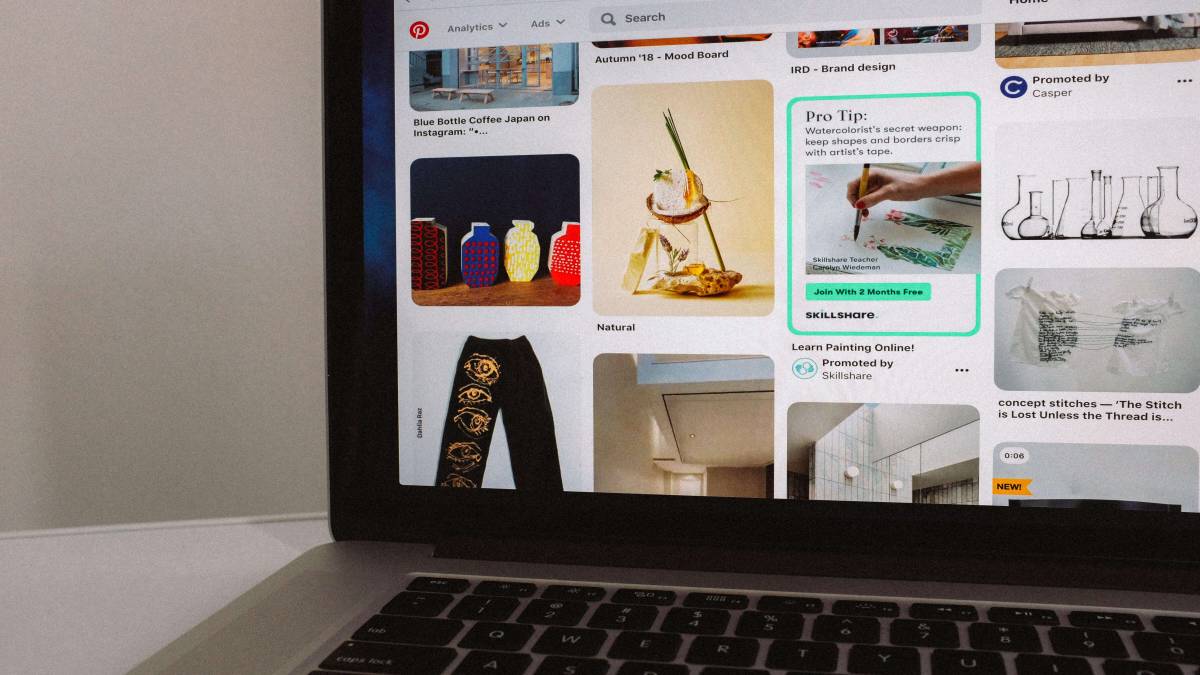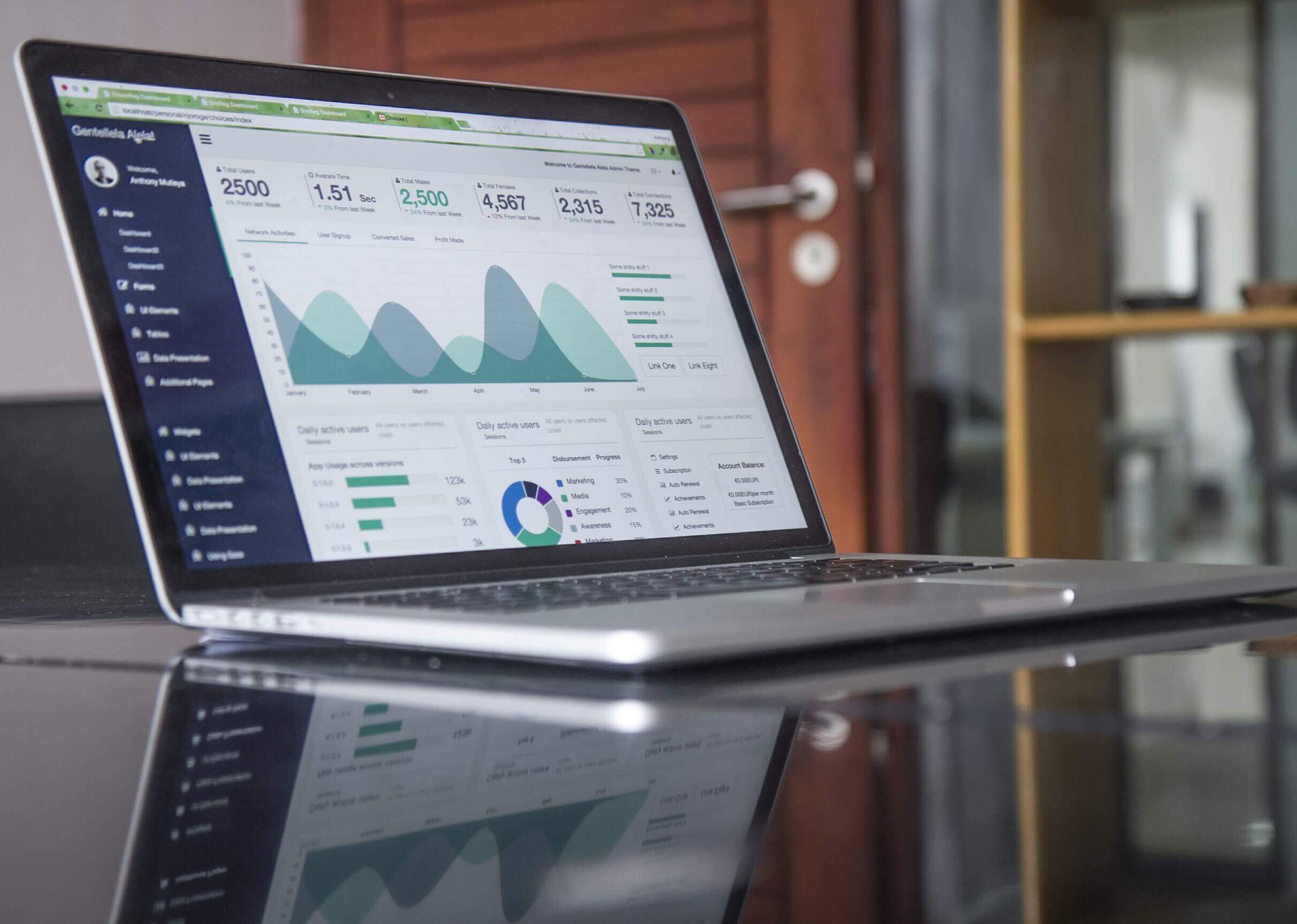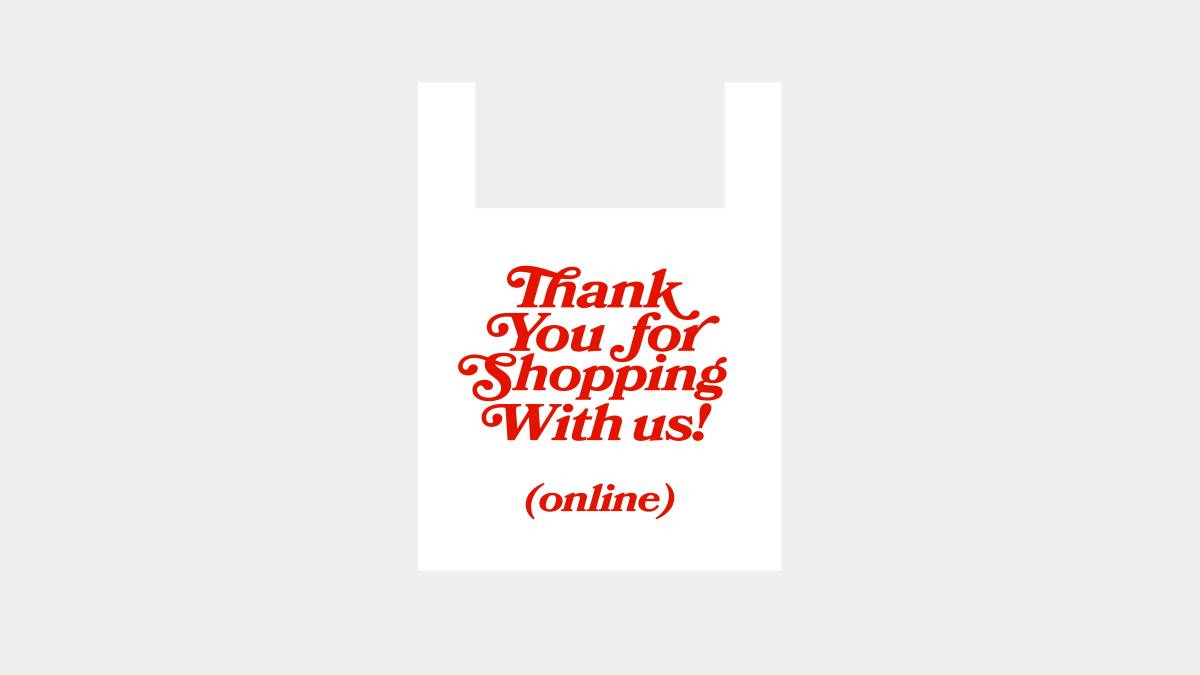Part 1: What is Pinterest and Why Should You Be Using It?
Part 2: How To Set Up Your Business Profile
- Distributing Your Content
- Building Your Community
- Making Sure You Educate and Add Value!
- Driving Traffic To Your Site
- Keywords And Hashtags
- Pinning Regularly
- Using Analytics
- How Do You Set Up Pinterest Ads?
- Campaign Goals
- Audience
- Additional Targeting
- Setting Your Ad Budget
- Integration with Shopify
Part 1: What is Pinterest?

Pinterest is at its heart, a social media platform that allows users (or ‘Pinners’) to share, explore and save (mainly) visual content. It’s a place to connect friends and provide inspiration, as well as a place to connect consumers with brands.
It’s different from the other social media platforms in that Pinners are looking for inspiration for events, holidays, dinners, and life. So they’re receptive to content they find helpful. This presents a unique opportunity for companies who utilise the platform to connect with their audience.
Why You Should Be Using Pinterest
Pinterest has an active base of over 335 million pinners, with more than half pinning once a week. There are over 2 billion searches conducted on the platform each month. High income households are twice as likely to use Pinterest - which means they have disposable income. Video views are on the rise. 85% of Pinners (and rising) are mobile users. Shopping is a priority for nearly half of the regular user base. Pins that show a product or service in action are 67% more likely to drive sales.
Source: Hootsuite
Part 2: How To Set Up Your Business Profile on Pinterest

It’s free to set up a business account - some of the benefits of this over a personal one are that you’ll get access to Analytics to help you manage your strategy, plus widgets to allow you to add buttons to your website or app.
Don’t worry - if you have an existing personal account and want to convert it to a business one, that’s easy to do as well.
You’ll also have access to a visual search tool, a native video player and it will enable you to run Pinterest ads to broaden your audience and connect with prospects and customers.
When you complete your profile, we recommend a bio of about 160 characters. For consistency, use the same bio across all social media platforms you’re on.
Finally, verify your website - this will enable Analytics. You’ll get a code snippet from Pinterest that you’ll need to place on your site to start the tracking.
Part 3: Marketing
A. Distributing Your Content
Pinterest is known as a platform for mainly visual content, but it’s also a good place to share written blog content. As it allows users to click through on live links, it’s a good way of encouraging people to visit your own website.
You’ll find you have access to an unlimited number of boards, themes, ideas, plans, and inspiration. However you want to approach your content, organise it so it’s easy for your followers to find.
Don’t forget to link your Pinterest account to other social networks. Remember, increasing your reach is all about the amplification and being more visible across the virtual universe. You can link to Instagram, Etsy and YouTube through Pinterest easily. Also make sure you link to your Facebook and Google accounts.
All of this makes it easier to share content quickly across a larger audience. It also enables you to access analytics on the other platforms. The more data you can gather about where your audience is and what content works best, the better equipped you’ll be to engage further with your existing audience and look to reach new people as well.
B. Building Your Community

Talking of followers, how do you get more of them?
Invite people to join your boards to increase engagement and interaction. Treat your Pinterest profile as a two way street. It’s not just a shop window for you to display pictures, but a space where you should be interacting, engaging, and encouraging others to pin and share.
As mentioned earlier, promote via other social media networks. Cross-pollination is key to extending your reach.
Follow relevant accounts in a similar niche to yours or people with an interest that fits your business. Grow relationships through engagement. Search keywords and hashtags to find people who might be interested in your content. Re-pin, like, share, and comment on others’ content.
Community engagement is key - make sure you respond to messages and comments from your audience. You could run competitions to make people feel included and get them involved, or encourage and incentivise them to feature your business in their content. UGC is free marketing, after all!
Keep an eye on your competitors: what content are they putting out there, and how is it resonating with their audience? We’re not suggesting you copy what they’re doing, but it’s always valuable to have insights into how they’re going about their Pinterest management.
Making good use of targeting and campaigns via a Pinterest Ads account will also be key in engagement and audience expansion - we’ll look at this in part 3.
C. Making Sure You Educate and Add Value!
Always keep your audience in mind, and don’t just post for the sake of it. Pinners will be looking at your profile because they value what you’re sharing, and they’ll soon switch off if what you publish isn’t valuable. How-to guides, tutorials and other helpful content that adds value is always important as well as great, shareable imagery!
D. Driving Traffic To Your Site
As mentioned, unlike Insta, you can link out of the platform, back to your website which is a great way to increase traffic. Make sure you mix up promotional and product or service-based content with guides, inspirational posts and other types of content your audience will love. It’s about getting the balance right.
Conversely, make sure Pinterest features on your website so people can go from your site to your Pinterest profile and follow you from there - make it a two way street. There’s a widget builder on Pinterest to enable you to do this easily.
E. Keywords And Hashtags
Effective keyword use means your content is more likely to appear in users’ searches and their organic feeds. You can use keywords in the following places: your bio and profile; pin descriptions; board titles; board descriptions; image alt text. Make them relevant to your business niche and audience. Remember not to over-use them: keep it natural.
Hashtags fulfil a similar purpose in that they help users find content they’re interested in. If a user clicks a particular hashtag, they’ll be taken to a page that displays all content using that hashtag. Make sure you use them on your pins, boards and ads - but again, don’t over-do it.
F. Pinning Regularly
Regularly posting and engaging increases the likelihood that your content will be shared in search results. You can use publishing tools like Coschedule and Social Sprout to co-ordinate and schedule your output across social media platforms including Pinterest, if you don’t have the capacity to do this every day.
G. Using Analytics

Make sure you analyse your results. There’s no point producing and publishing reams of content if it doesn’t connect or resonate with anyone.
Using analytics within Pinterest, you can look at how many times your content has been viewed or re-pinned, how many clicks it has, what the top performing pins are, your top boards and all-time stats.
As well as information about your content it has data about the audience looking at that content. Things like their sex and location, what else they are engaging with etc. It can help you work out the best times to pin, the best content to pin, and how to engage with and grow your audience.
In summary, keep an eye on your analytics: it has a wealth of information to help you improve your Pinterest marketing strategy.
Part 4: Using Ads
According to Pinterest, 89% of Pinners in the US use the platform for inspiration on their path to purchase, so getting in front of them could help steer them to your store. 52% of millennials use the platform, and 83% of weekly US Pinners have made a purchase based on Pins from brands.
Pinterest ads are great for getting your products and content in front of more people as they search, browse and discover on Pinterest.
A. How Do You Set Up Pinterest Ads?

Go to the Pinterest Ads Manager, where you can create, edit and manage your Pinterest campaigns.
B. Campaign Goals
First, you choose a campaign goal:
Brand awareness: to help people discover your brand, services and products.
Video Views: you pay for people who watch your video ad for 2 seconds or more. The ad will be served to users most likely to watch it.
Traffic: the aim here is to get people to visit your site.
App Installs: drive people to your app’s download page.
Conversions: the aim here is for specific actions such as adding products to cart on your site, or making a purchase.
Shopping catalogs: this is to enable users to discover your products while browsing. To do this, you’ll need to connect your product catalogue to Pinterest.
Next, you need to target your ads towards a specific group.
C. Audience
There are a number of options that can be selected individually, or combined, to drill down however you like:
- Visitors who have been to your site
- A list of customers that you upload
- An engagement audience that have engaged with pins
- A lookalike audience (these are Pinners who may not be familiar with your brand, but who exhibit similar behaviour to your existing audience)
D. Additional Targeting
- You can target by keyword - which means your ads will be shown to those looking for specific topics.
- ‘Interests’ is a way to target too - you can reach people based on what they’ve been engaged with, and have been showing an interest in.
- ‘Expanded’ is a feature in which the platform will suggest additional keywords and interests based on the content of your ad.
- Why not drill down on demographics? Location, gender or language, for example.
- Finally, you can choose where your ads will be served to the audience: in people’s search results, or as they browse - or both.
E. Setting Your Ad Budget
Simply select the date you want your campaign to start, select your budget (either per day, or over the lifetime of the campaign) and set a bid - this is how much you’re willing to pay for an action, such as a click. (These vary based on the audience and competition.)
F. Integration with Shopify

If you’re an online retailer using the Shopify platform, an app has recently launched which enables merchants to upload their product catalogs to Pinterest. It can automatically update products for Product Pins on a daily basis and add tagging so you can track and measure performance. There is also an ads interface to run promoted Product Pins.
Part 5: Pinterest - A Summary
You should now be set to get started on Pinterest so you can enjoy success on the platform organically and/or through advertising. The key things to remember are:
- Make sure you set up a business account.
- Create your first boards. Select up to 5 showcase boards. These are a good place to feature your products, services, or blogs.
- Use ‘secret boards’ to save content for later (these can only be seen by their creator and invited collaborators. When you create one, you’ll see a lock symbol beside the board name).
- Engage with your followers.
- Build your community.
- Follow competitors.
- Join community boards.
- Include rich product pins.
- Pin regularly.
- Cross-promote on other platforms.
- Don’t use too many hashtags.
- Run campaigns on Pinterest ads.
- Make use of analytics to improve performance.
If you’d like to talk to us about how we can help you with a Pinterest campaign (or broader social media strategy), get in touch. We have a social media team who create and run successful organic and paid campaigns on all social media platforms.


